Wild West Words: RANCH, TIPI, & OUTHOUSE
RANCH
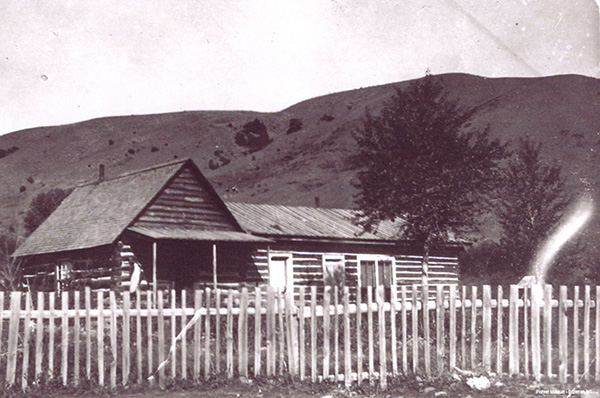
What’s your mental image of a ranch? Perhaps a log house and barns nestled amongst the trees, while nearby graze the cattle and horses of a thousand prairie hills? Whatever your 21st century vision of a ranch might be, it probably doesn’t match the etymological history of the word.
Zebulon Pike, U.S. Army general and explorer, was one of the first American writers to publish the word ranch in 1807, and his idea of one was a small shelter for travelers.
That’s because English speakers borrowed the word from the Spanish rancho, which for centuries had referred to a hut or simple building used as temporary accommodations for soldiers, sailors, travelers and the like.
Once the word arrived in Mexico and the Southwestern United States, a rancho became a small collection of dwellings. American merchant William Robinson wrote in an 1820 memoir, “A collection of houses, be their number great or small, if there be not a church, is called a rancho.”
So, over time, the rancho as a simple temporary shelter became a collection of dwellings. Then there’s evidence that by 1840, a rancho could also be a cluster of structures where animals, mainly cattle, were managed, and this is about where the word’s final “o” was abandoned and the modern western ranch emerged. As an adjective, ranch, referring to the single-story split-level home, arrived on the American wordscape in 1950.
TIPI
As soon as 17th century English speakers arrived on the shores of the New World, they began absorbing words from indigenous languages. On the western plains, Europeans encountered nomadic peoples who facilitated their migrations in ingenious ways, including portable housing.

As the seasons changed and the bison moved, so did the plains people, taking their dwellings with them. They constructed tipis, conical tents of animal hide supported by an arrangement of slender poles. An adjustable vent at the tipi’s apex allowed cooking smoke to escape, while the door flap at ground level provided fresh air intake.
In bitter months, large stones placed at the bottom edges of the hide prevented wind from invading the tipi’s interior. When the tipi was dismantled for a move, a circle of stones was left, outlining the perimeter of the lodge. If you know where to look, you can spot ‘tipi rings’ on unbroken prairie tracts.
Once dismantled, the tipi poles were lashed to the backs of dogs and horses. The animals dragged the long poles behind them in a conveyance called a travois (a word first seen in print in 1847, from French travail, “arduous journey”).
Tipi has become the general name for all portable lodge styles of the plains people. While each tribe had its own term for the structure, tipi came from the Dakota (Sioux) language. Versions of the word have been in print since 1743, presented variously as teebee, teepee, tepe, tepie, teepe, and ti pee. (It is not unusual to see Native American terms teased into a variety of spellings as English speakers struggle to orthographically represent a foreign language.) Tipi has emerged as the preferred spelling in recent years.
OUTHOUSE
The lowly outhouse is seldom mentioned in tales and documents of the frontier west. Quietly tucked away behind the prairie schoolhouse, the cow camp cabin, the Main Street druggist’s and the homesteader’s shanty, the outhouse offered relative comfort, convenience and privacy in the pre-plumbed Great Outdoors.
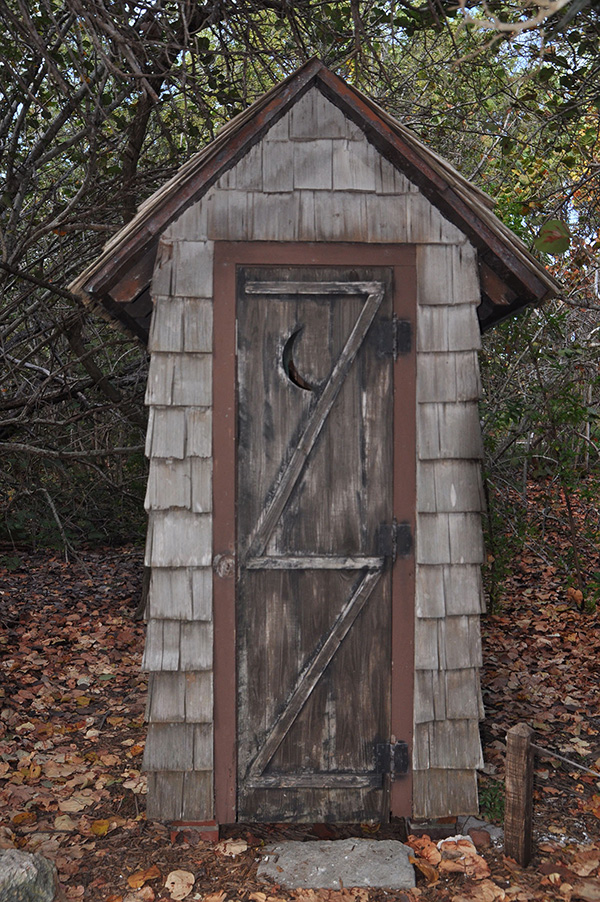
Attractive? Never. Practical? Always. The privy bench often accommodated two sizes of visitor: the smaller hole kept children from “falling in.” Built correctly, the roofed rectangular structure was sturdy enough to withstand western blizzards and hailstorms, yet light enough to be picked up and moved over a new pit when the old one had reached capacity.
Celestial symbols carved into outhouse doors exist mostly in caricature. Folklore explains that the “feminine” crescent moon and the “masculine” starburst directed the user to the appropriate latrine. A more practical speculation makes the carvings (when they existed) decorative portals for light and ventilation.
While detailed outhouse customs aren’t described in many written or oral accounts, modern-day “privy diggers” are turning abandoned toilet pits into time machines. Artifact collectors know that waste of all kinds was deposited in the pits of frontier outhouses, so when they excavate old privy sites, they unearth coins, jewelry, clay pipes, discarded medicine bottles and broken tools. Those items, together with the undigested seeds left in the soil, speak volumes about how our predecessors lived, worked and ate.
Earlier generations have also left us a roster of privy names, some euphemistic, others earthy: the Henrietta, nessy, thunder box, crapper, back house, der Scheisshaus (German), outdoor convenience, Mrs. Murphy, dunny (Australian slang).
The very serviceable term privy has been used by English speakers since the 1200s. Its source is the Old French privé, “latrine”; literally “private place.” Outhouse has also been a part of the English language for centuries, but it was the Americans who put it to New World use as a synonym of privy. It was first cited in this sense in the diary of Revolutionary soldier Henry Sewall (1752-1846): “Near the paddles or wheels which propel the vessel forward are two outhouses, which is a very great convenience.”

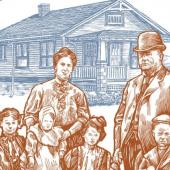
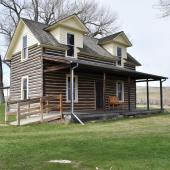



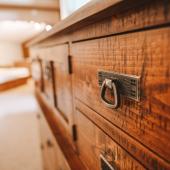

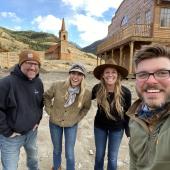



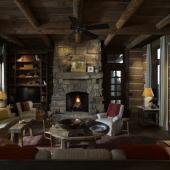
Leave a Comment Here